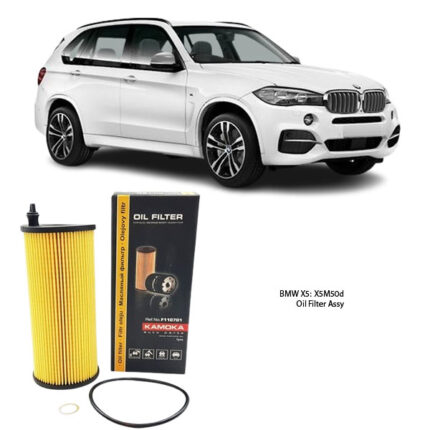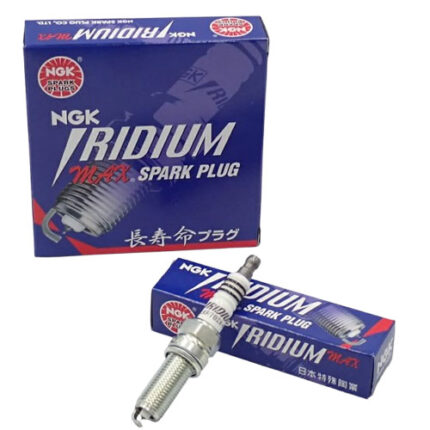Get Volkswagen Golf MK7 Rear Wiper Blade 11 Inch 5K6955427A in Kenya
When it comes to visibility in wet or dusty conditions, every detail matters. One such detail, often overlooked yet critically important, is the rear wiper blade — and in this case, specifically the 11-inch variant. Whether it’s clearing away raindrops, mud, or morning dew, the rear wiper blade plays a vital role in maintaining clear visibility and ensuring a safer, smoother operation.
Let’s explore what makes the 11-inch rear wiper blade such an essential component, how it works, what it’s made of, and how to keep it in top condition.
🔍 What Is a Rear Wiper Blade?
A rear wiper blade is a wiping accessory located on the rear window of a vehicle or machinery with a rear-facing glass surface. Its purpose is simple yet vital: to wipe away moisture, dirt, and debris, providing a clear field of vision through the rear window.
Unlike front wipers, which operate frequently, rear wiper blades are used more sporadically — but when they are needed, they must perform flawlessly. The 11-inch rear wiper blade is specifically designed for smaller rear windows, where precision wiping over a compact area is necessary.
⚙️ How Does It Work?
The rear wiper blade operates using a motorized arm that swings the blade across the rear glass in an arc. The 11-inch blade is mounted securely to the wiper arm and is engineered to:
-
Apply even pressure across its length
-
Conform to the curvature of the glass
-
Remove moisture, dust, and debris in a single swipe
The blade is made of flexible rubber or silicone, which hugs the glass without scratching it. Some blades include aerodynamic designs or hinged segments to improve performance in windy or high-speed conditions.
🧩 Components of a Rear Wiper Blade
A standard 11-inch rear wiper blade is made up of several key parts:
-
Rubber/Silicone Blade Strip – The flexible component that makes contact with the glass. It must be soft enough not to scratch, yet durable enough to withstand extreme conditions. 🌧️❄️🌞
-
Metal or Plastic Frame – This holds the blade and provides structure and tension. It ensures that the blade maintains even contact across its entire length.
-
Connector/Adapter – The part that links the blade to the wiper arm. These vary in design depending on the wiper system.
-
Spring Mechanism or Hinges – Helps in applying consistent pressure across the blade, allowing a clean wipe on both flat and curved glass surfaces.
🛡️ Materials Used
Quality rear wiper blades are constructed using materials chosen for durability, flexibility, and resistance to the elements, including:
-
Natural rubber for standard wiping
-
Silicone for enhanced lifespan and quieter operation
-
Coated rubber for streak-free wiping
-
Stainless steel or reinforced plastic for the frame
These materials must endure not only rain and snow, but also UV rays, dust, and temperature swings. The 11-inch blade’s smaller size makes it less prone to wind lift or chattering, but it still needs the same resilience as larger blades.
🧼 Importance of a Functional Rear Wiper Blade
While most attention is given to the front wipers, the rear blade is just as critical for full visibility, especially in the following scenarios:
✅ 1. Reverse Maneuvering
A clean rear window ensures safe reversing, particularly in tight spaces, busy zones, or low-light conditions.
✅ 2. Rain and Dust
Water droplets or dust can obscure the rear view entirely. A functioning blade removes these quickly and effectively.
✅ 3. Fog and Dew
Morning dew or condensation can build up quickly on glass surfaces. A clean swipe from the blade clears it up in seconds.
✅ 4. Off-Road or Harsh Conditions
Mud, snow, or splashed debris from roads or trails can coat the rear glass, and a sturdy 11-inch wiper blade is crucial for maintaining clarity.
🔄 When to Replace Your Rear Wiper Blade
Rear wiper blades, like all rubber components, degrade over time. Factors such as sun exposure, moisture, and temperature fluctuations cause the rubber to crack, harden, or split.
Here are signs it’s time to replace your blade:
-
Streaks or smears on the glass 🌫️
-
Squeaking or skipping sounds 🎵
-
Visible cracks or fraying on the blade ⚠️
-
Incomplete contact with the glass
On average, rear wiper blades should be replaced every 6 to 12 months, or whenever performance starts to drop.
🛠️ How to Replace an 11-Inch Rear Wiper Blade
Replacing a rear wiper blade is often a quick and straightforward task. Here’s a general step-by-step guide:
-
Lift the wiper arm gently away from the rear window. 🚀
-
Locate the release tab or clip that secures the blade to the arm.
-
Slide or unclip the old blade from the arm.
-
Attach the new 11-inch blade by snapping or sliding it into place.
-
Lower the wiper arm back onto the glass carefully.
Always follow specific instructions for your blade and wiper arm type. Ensuring a proper fit and secure attachment is critical for effective operation.
🧠 Tips for Wiper Blade Maintenance
Maintaining your rear wiper blade helps extend its lifespan and ensures consistent performance. Here are a few best practices:
-
Clean the blade regularly with a damp cloth to remove dirt and debris.
-
Avoid using it on dry glass, as this can wear the rubber faster.
-
Check for ice or snow buildup in cold weather before operation.
-
Inspect regularly for signs of wear and tear.
Using washer fluid with anti-freeze or anti-dust additives can also help the blade do its job more effectively.
🌟 Final Thoughts
Though it may be small in size, the 11-inch rear wiper blade is a mighty component in ensuring clear visibility and safety. It’s specifically designed to fit compact spaces and perform flawlessly in all kinds of weather. From rainy days to dusty roads, this little blade ensures you always have a clear line of sight behind you.
By understanding how it works, recognizing the signs of wear, and replacing it as part of regular maintenance, you’re ensuring better visibility, greater safety, and peace of mind — every time you operate your machine.
A fresh rear wiper blade means better clarity, better control, and a better overall experience. Don’t wait for streaks or squeaks to remind you — keep it clean, keep it functional, and keep it replaced when needed.
Follow us on Facebook for more parts.




Reviews
Clear filtersThere are no reviews yet.